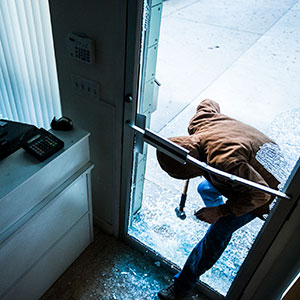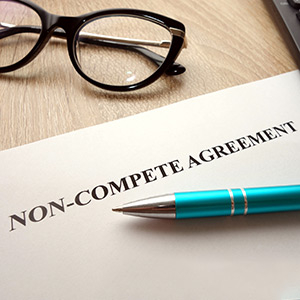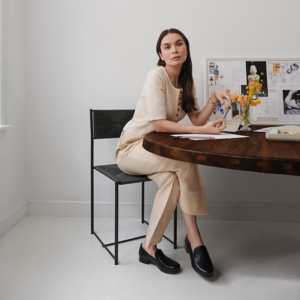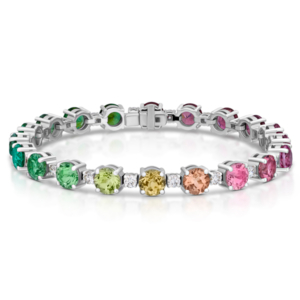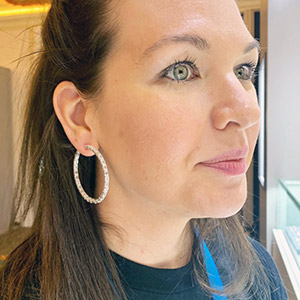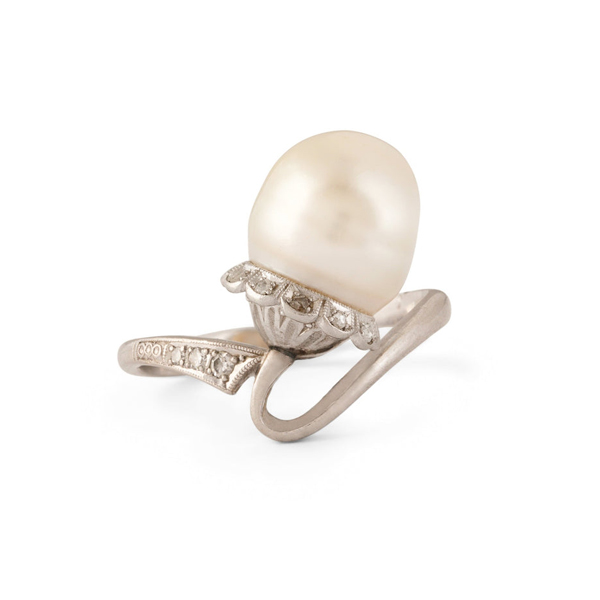
As more consumers crave pieces with meaning, the antique and vintage markets have seen an increase in demand. After all, antique and vintage pieces (with their rarefied design and age-old craftsmanship) tend to be unlike anything you’ll find. Even more, they’re as sustainable as they come. But where does one begin when starting their own collection? To answer this question, we turned to experts in the field—vintage curator Jill Heller; the founder and designer of Haute Victoire, Yasmina Benazzou; the cofounders of Fox & Bond, Blair Fox and Sunny Bond; and Danielle Sherman of Sherman Field—to share their insights.
Jill Heller
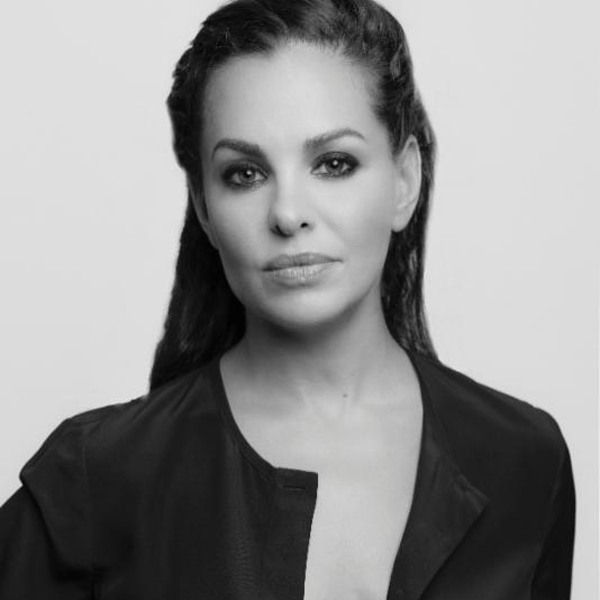
When shopping for vintage jewelry, the first step is to arm yourself with information. Research different eras and the iconic pieces of each period, familiarize yourself with important work from big jewelry houses like Bulgari, Cartier, and Van Cleef & Arpels (which typically make for the best investment), and look into trusted dealers in the market. Once you have a sense of what you’re drawn to, you can start your hunt.
I always recommend shopping for vintage in person. It’s best to be able to not only see the piece in real life, but also feel its weight. If it’s made of 18k gold—which it should be—it will feel significant in your hands, which is a great sign of quality.
While you’re with your dealer, you should also ask if they have any provenance or condition reports for the pieces you’re interested in. They’re not always available but are very helpful in determining authenticity and how much a piece is worth. A signature is also important for the same reason when shopping for pieces by the masters, but lack of a signature shouldn’t scare you away from buying a piece in general—there are some great unsigned hidden gems out there.
Yasmina Benazzo
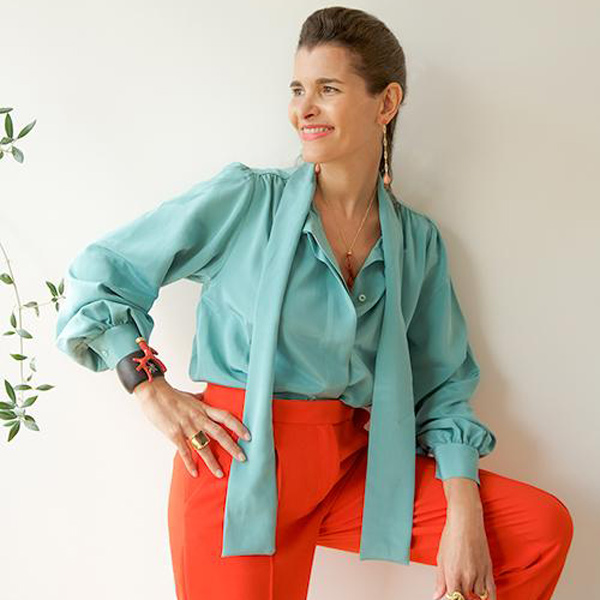
My first piece of advice for collecting vintage and antique jewelry is to look at as many jewelry books as possible, and browse auctions and shows to learn and shape your eye for what is common and what is original. A knowledge of historical styles is helpful to refine your eye.
Then consider pricing and how much to spend. A signed piece from a famous house can fetch high prices. I personally collect beautifully crafted and interesting pieces, either unsigned or signed by lesser-known designers. Go for what you like, and keep in mind that rarity can hide behind a humble piece!
Sunny Bond and Blair Fox
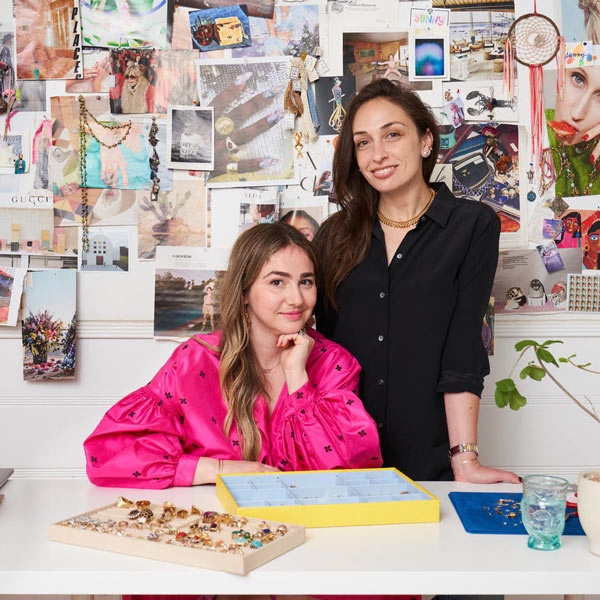
Don’t be afraid to ask questions. If you’re new to vintage jewelry, you’ll likely come across some unfamiliar terms describing the construction of a piece, time period it came from, etc. These can feel intimidating to a novice shopper, so don’t hesitate to ask the seller a lot of questions!
Trust your gut! Vintage pieces have a way of speaking to you! Keep your eyes open and see which piece makes your heart jump. That’s the piece you should go for regardless if it’s your typical style or not. Follow your heart, and you won’t end up with buyer’s remorse!
If you fall in love, don’t hesitate or you could miss out forever. Antique and vintage pieces are often one of a kind, and once it’s gone, it’s gone for good. Take it from us, you don’t want to be thinking about “the one that got away” forever…it’s the worst!
Danielle Sherman
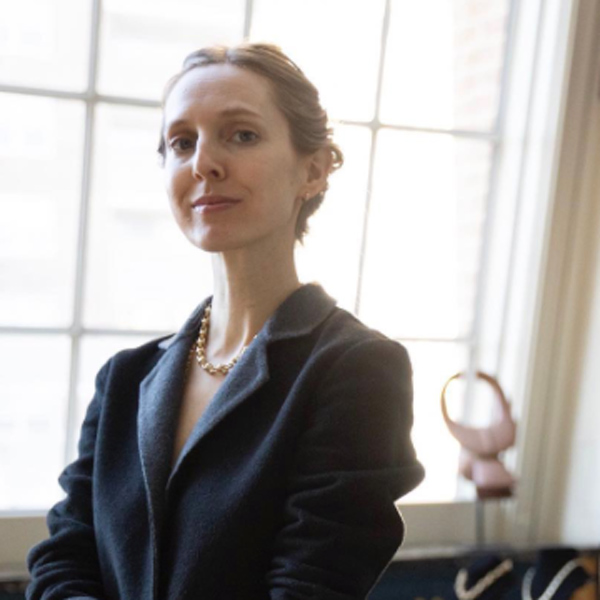
When starting to collect it’s important to experience the pieces in person. You need to feel the weight of the pieces, the construction, are they signed or have other hallmarks…. Once you go to some of these shows (like the noted and respectable ones in Vegas, Miami, and Hong Kong), you gain a great understanding of jewelry, which can help inform online purchases or flea market finds.
It’s always important to look at the markings of your pieces, are they stamped with gold numbers, are they signed, hallmarked…. Always bring your loupe so you can check for these markings yourself and do a little research before you attend the shows so you can be informed when buying. Many pieces from the retro period are not signed or hallmarked, so it’s very important to feel and see these pieces in person…. To this day, I always prefer to pieces in person, new or vintage, so for me, I generally avoid purchasing online unless I’m familiar with the seller or store selling the pieces.
Top: Edwardian ring (circa 1915) in platinum with a baroque pearl and three single-cut and five rose-cut diamonds, $2,155; Fox & Bond
Follow JCK on Instagram: @jckmagazineFollow JCK on Twitter: @jckmagazine
Follow JCK on Facebook: @jckmagazine

